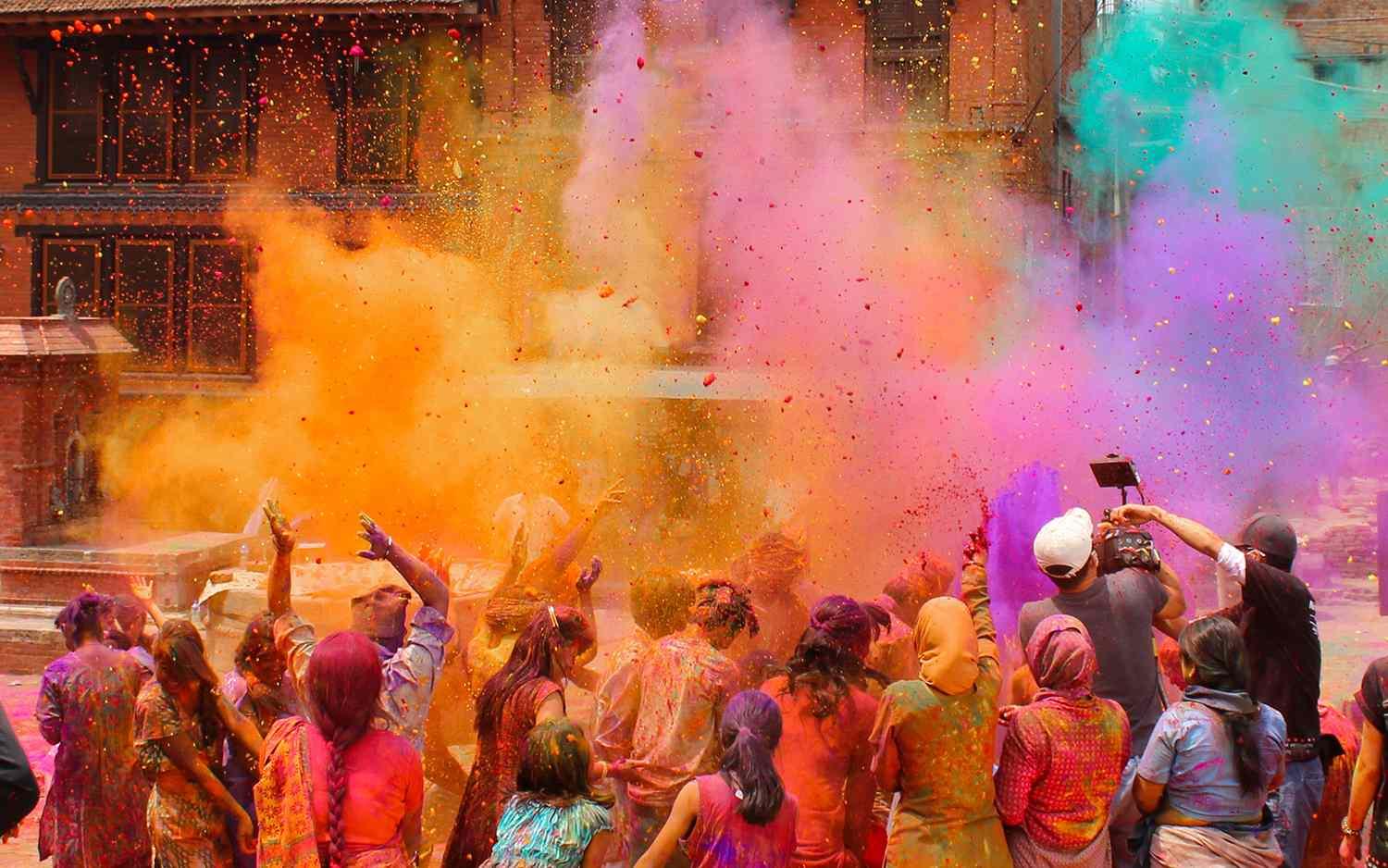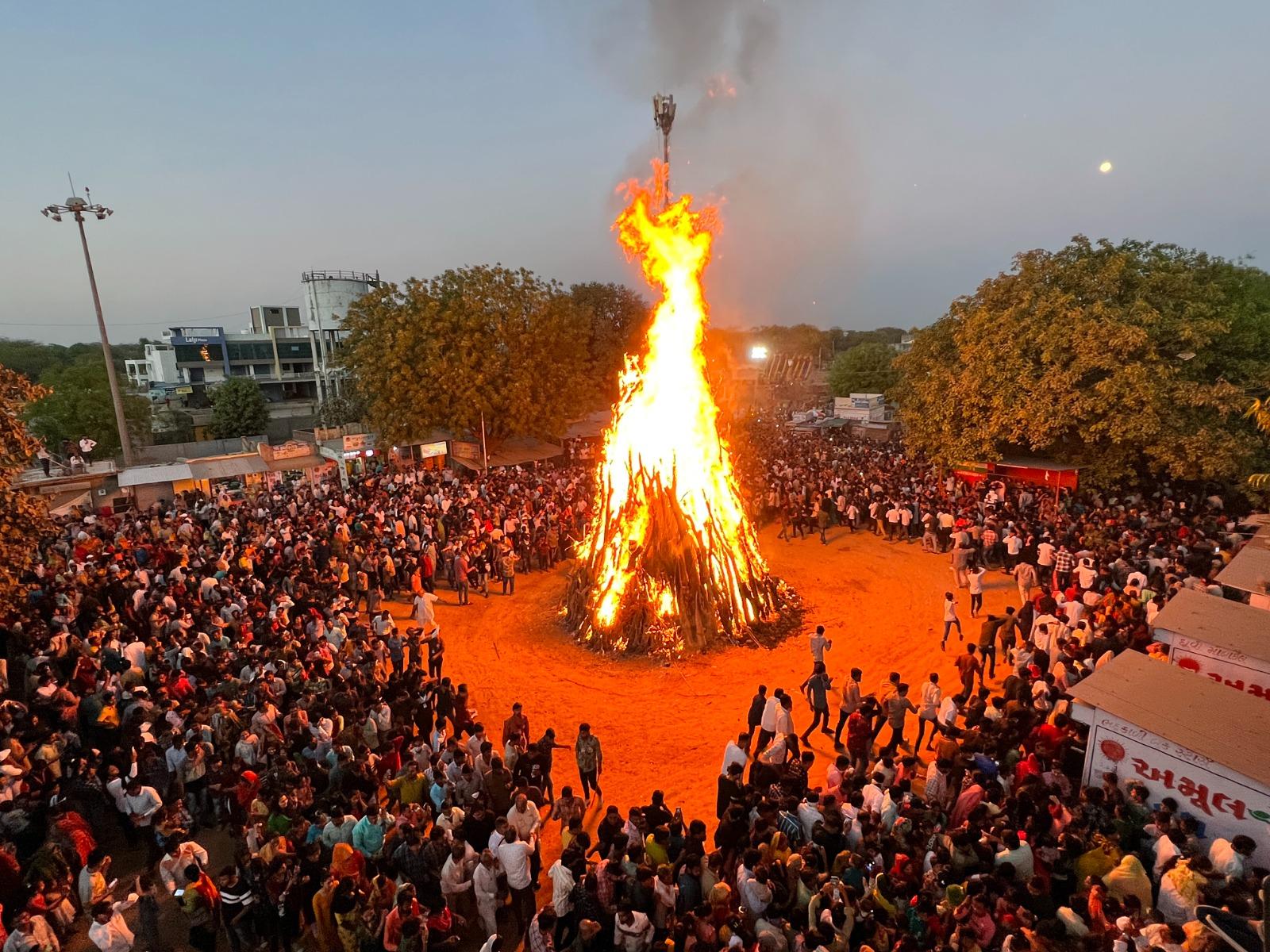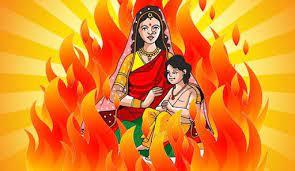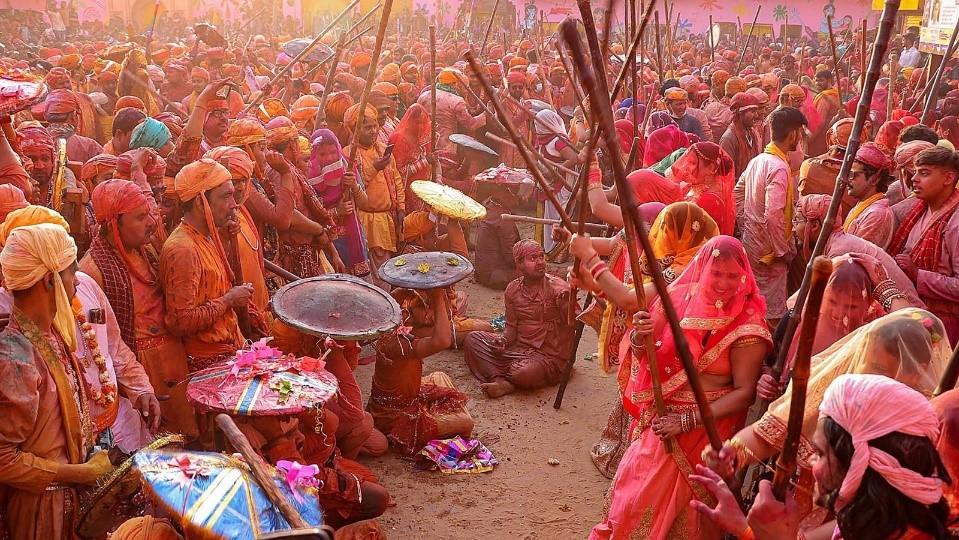- This topic has 0 replies, 1 voice, and was last updated by .
-
AuthorPosts
-
March 23, 2024 at 12:02 am #1927Up::1
Holi is considered one of the most auspicious festivals in Hindu culture. Holi is widely celebrated in India, with each state having its own style and meaning for the festival. That is the appeal of Indian festivals.

The first day is known as Choti Holi or Holika Dahan. It’s the day when we set a bonfire to remember the story of Holika- sister of Asura King Hiranyakashyap, who tried to kill his son, Prahlad, who was a devotee of Lord Vishnu. Choti Holi is the festival of togetherness where everyone exchanges sweets and dance around the bonfire. The second one is called Rangvali Holi. It’s the day we eat a lot of ‘Gujiya’ and drink thandai, which is a mixture of various dry fruits and milk.

Holi is an ancient Hindu tradition. In Punjab and Uttar Pradesh, Holi is celebrated as the start of spring and a time to pray for a prosperous harvest. It also marks the end of winter.
Additionally, Holi is a celebration of Radha and Lord Krishna’s eternal and divine love, which is celebrated by playing with colours or flowers. It also represents the triumph of good over evil in the story of god Vishnu as Narasimha, which is celebrated with “Holika Dahan” rituals performed in front of a bonfire.
In Barsana, Uttar Pradesh, Every year, thousands of devotees and tourists celebrate Holi in a unique style known as Lathmar Holi. According to the beliefs, it is a method of playing Holi using a stick and a shield held by men and women, respectively. It’s a spectacular view for tourists because it provides an erratic perspective. Lathmar Holi symbolises Radha and Lord Krishna’s eternal love story in Hinduism.

Holi in South India has its own unique charm. In Kerala, Holi is known as Manjul Kuli, but the core values remain the same. It is celebrated at Gosripuram Thiruma’s Konkani Temple. On the first day, devotees visit the temple. On the second day, they splash turmeric-colored water on each other and dance to traditional folk songs. The festival of colours is widely celebrated in Malaysia and Nepal, in addition to India.
-
AuthorPosts
- You must be logged in to reply to this topic.